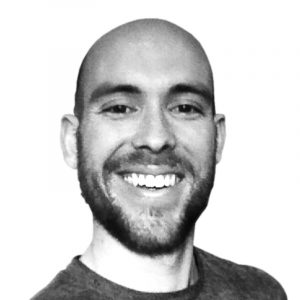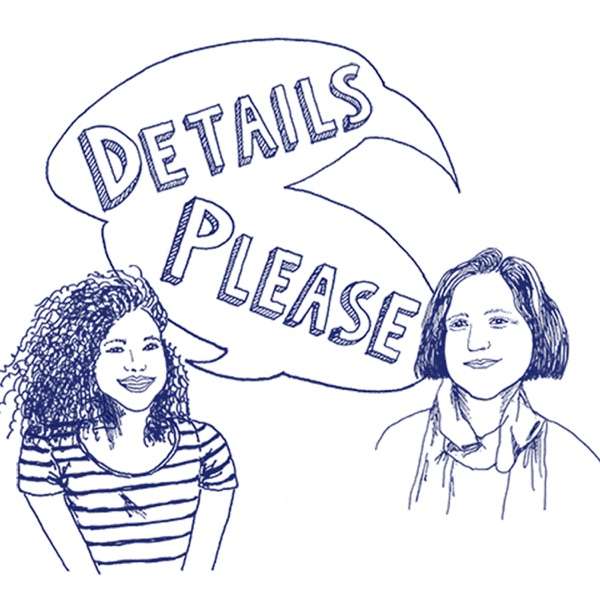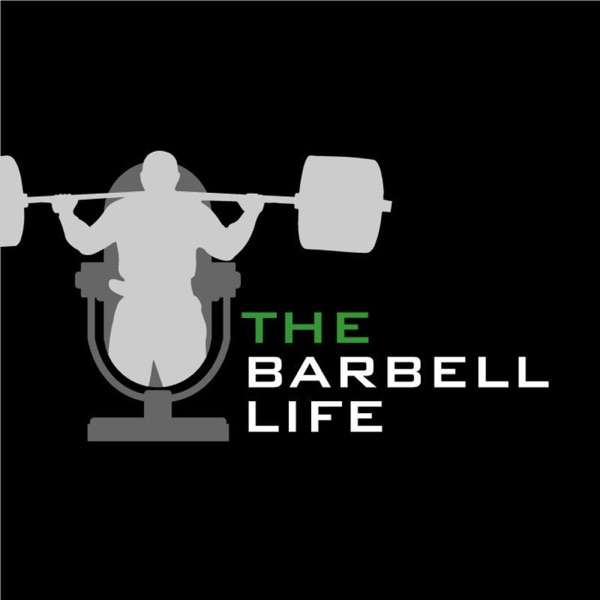A New Way to Practice Architecture with Diana Nicklaus of SAAM Architecture
The world has changed in so many ways since Mark’s architecture firm, Fivcat Studio, was launched in 1999. The internet was in its infancy. Few architects were using digital marketing and communication tools. Today, we can communicate instantly with anyone in the world. Our entire firm can be launched, built and run without a dedicated office.
The world is changing and with it, the practice of architecture is changing too. How can we leverage the power of the internet and the cloud to improve our practice? How can the internet’s new models improve the profession? How can these new models not only allow us to thrive as entrepreneurs, but allow us to be more flexible, more family friendly, more socially responsible, more equitable? How can we live happier lives?
This week on EntreArchitect Podcast, A New Way to Practice Architecture with Diana Nicklaus of SAAM Architecture.
Background
With over 20 years of experience, Diana has practiced architecture in both the US and Italy. Based in Boston, MA, Diana cofounded SAAM in 2014. It was established with the goal of providing high-level client services through unique and innovative project specific solutions over sector based opportunities. They’ve adopted a business model that provides aggressive HR policies and have therefore attracted some great talent. In three years, they’ve grown to a team of 24 people.
Origin Story
Diana grew up in Amarillo, Texas. Her mother was a humanities professor at the local community college, and she taught Diana a lot about how to examine her surroundings. Diana remembers driving through small towns and playing a game with the local churches: they would guess the denomination based on the style. When she ended up in university, she worked with an architectural historian and expanded her view of architecture and design.
She finished at Tufts with a degree in architectural history and urban studies, and went to graduate school at the University of Texas at Austin.
Following graduation, a strong collegiate connection with Pei Cobb Freed & Partners in New York City, where she worked for four years learning about the global practice, high profile projects, and more. Her career took a turn when she worked for a firm in Venice that was doing building scanning.
After that, she worked for a few firms in Cleveland, Ohio where she found a strong technical background.
Eventually, she made her way back to Boston, where she really appreciates the strong roots in the equity discussion that’s happening today.
Did you go to Boston with the intent of starting your own firm?
Diana had no intention of starting her own firm. In Boston, she worked in an office with about 45 people, where she had the perks of flexible schedules and time to work from home. Work life benefits became an important factor in how she looked at the profession. Her company was acquired by another company, and after three years, she knew it was time to move away from that space and start her own company.
In a large firm environment, they found themselves being encouraged to fit into a group depending on your specialties. As someone with a liberal arts background, Diana felt taught to work through different projects and create a different practice by working across sectors.
When you started your firm, what planning stages did you go through?
When they started, they built the firm knowing they wanted to do bigger work, not just typical architectural startup projects. They wanted to bring in others who also worked on those types of large projects. They had to figure out a way to bring those people into a new firm and expand on HR policies. In addition to flexible schedules and remote working, they also wanted to try unlimited vacations and other things.
These things really attracted quality people, people like mothers, fathers, people with aging parents or who want more time with hobbies. In last year’s world, there was a specific question about work life benefits. Usually, men were given access to that more than women. At SAAM, everyone has the same access to the same opportunities.
What challenges are there when moving toward a better work life balance?
Historically, architectural culture doesn’t have a great foundation in trusting employees. A lot of trust and communication is required at a firm like SAAM. Leadership needs to open their minds if they want to cultivate this culture shift. When people are willing to share with one another, there’s incredible support to be found.
What’s the structure of the firm?
Diana is the CEO and her partner is the COO. They work a lot on projects and fulfill their executive roles. They have three principals, one of whom works remotely, allowing SAAM to access her incredible knowledge and use her as a resource. There are five senior associates and many other associates. The view with titles is that it’s more about what your level of engagement with clients is. Some associates may not have finished their licensure, but they’re meeting with clients on a huge project.
Part of what works with the flexibility model is a standing meeting in the office on Mondays. They go through every project and talk about the marketing and things they’re looking to pursue. They’ve found this helps people to know what goes on in the firm and connect better internally. Those who are remote are encouraged to join by phone or video conference.
How does your staff stay disciplined?
There are not set office hours, set holidays, or set times for vacations. Hours are flexible, but that means you need to figure out how to get your work done. If you want to go to your kids’ soccer practices but your client needs something, it’s your responsibility to figure out how to get that done. Everyone uses their personal cell phones, so clients can reach their team at any time.
Do clients’ needs take precedence over personal activities?
The basic assumption is that clients come first. If someone had a sick child or some other reason they can’t make a meeting, the team steps up to help out. Because they’re supporting each other so well, there’s no sense of competition felt.
Is there a clear path to advancement?
As of now, there isn’t a set path. They try to provide a level playing field with opportunities to grow. If someone makes the most of those opportunities, they will eventually advance themselves.
SAAM also doesn’t complete performance reviews. Instead, they take people to lunch a couple times a year to have a conversation to hear what people want to work on, what they like, and how they can do better.
Are you feeling any challenges?
One of the challenges they found is that younger people right out of school are different than they expected. They were harder to recruit because they hadn’t worked in other firms and didn’t really recognize the opportunity compared to another job.
Do you use time tracking?
Our primary reason for tracking is for billing our clients. It’s important for them that they do that. Only once have they looked at who’s taking vacation. The problem sometimes with unlimited vacation is that some people don’t use it, when they should be using it.
What are some tools you’re using to make this happen?
GoToMeeting is big. They also use BQE Software. They collaborate with Revit and cloud-based storage.
What advice would you give someone wanting to build a firm similar to yours?
Don’t get too caught up in your business plan. You just can’t know what opportunities will come to you.
Make sure you’re in a situation where you have client access. You want your clients to like you and want to follow you to your next space.
Take advantage of the opportunities you have in your firm now. Ask your boss about their business, look at their financials if they are open to it. Get as much training as you can.
What is the one thing that small firm architects can do today to build a better business tomorrow?
“Try to hire the best people you can possibly find even if you don’t have all the right project work for them.” – Diana Nicklaus, SAAM
Connect with Diana online at SAAM-arch.com or visit her on Twitter, Facebook, and LinkedIn. Want to see their entire HR Handbook? Find it on their website!
Visit our Platform Sponsors
Freshbooks is the easy way to send invoices, manage expenses, and track your time.
Access your free 30 day trial at EntreArchitect.com/FreshBooks. (Enter EntreArchitect)
Core by BQE Software is a brand new software designed specifically for architect’s project management!
Get a free 15-day trial at EntreArchitect.com/BQE.
ARCAT has huge libraries of free content, Specs, CAD, BIM and more. No registration required. Want to collaborate with colleagues in real time?
Visit EntreArchitect.com/ARCAT and click Charrette for more information.
Gusto is making payroll, benefits, and HR easy for small firm architects. Get an exclusive, limited time detail. Sign up today and get three months free.
Visit EntreArchitect.com/Gusto and claim your free three months today!
Referenced in this Episode
Download the Profit For Small Firm Architects course for FREE.
Leave a Rating and Review at iTunes
EntreArchitect Membership
Visit the home page at EntreArchitect.com to join now.
The post EA196: A New Way to Practice Architecture with Diana Nicklaus of SAAM Architecture [Podcast] appeared first on EntreArchitect // Small Firm Entrepreneur Architects.
Mentioned in this episode:
Context & Clarity
Build Your Brand
Spaces

 Our TOPPODCAST Picks
Our TOPPODCAST Picks  Stay Connected
Stay Connected


 , a simple software for building the value of a company used by thousands of businesses worldwide. Offered by a global network of independent advisors known as Certified Value Builders, The Value Builder System
, a simple software for building the value of a company used by thousands of businesses worldwide. Offered by a global network of independent advisors known as Certified Value Builders, The Value Builder System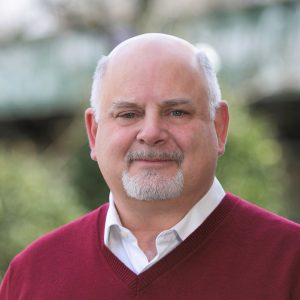
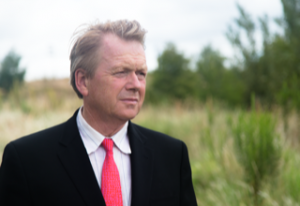
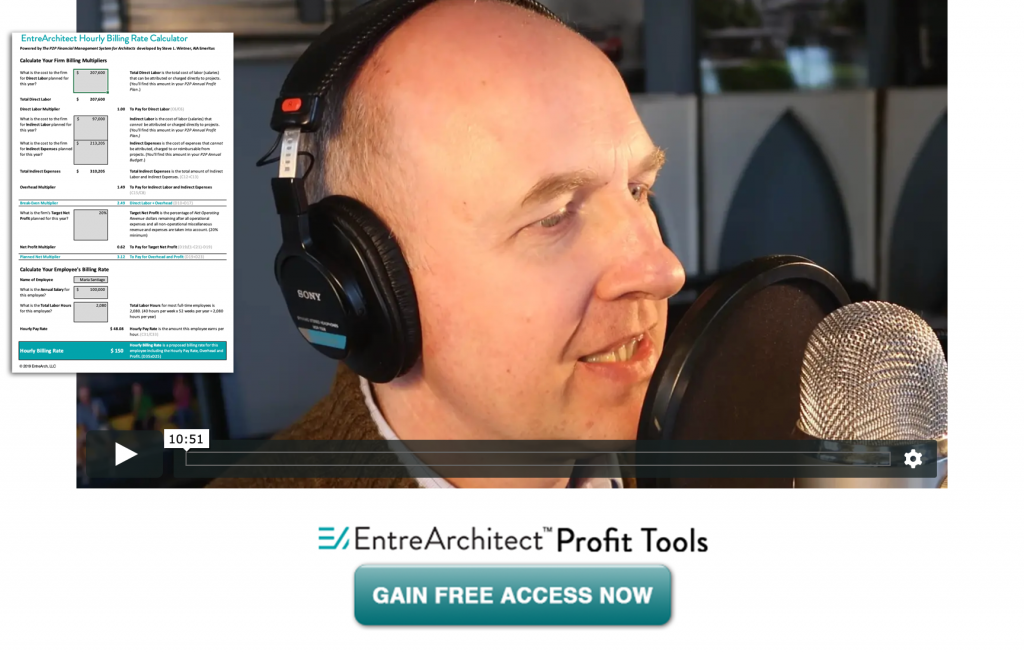
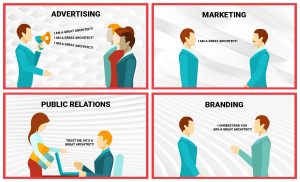
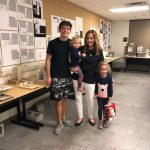

 Michael Kilkelly is a principal at Space Command, an architecture and consulting firm in Middletown, Connecticut. He's also the founder of ArchSmarter.com, a website dedicated to helping architects work smarter not harder. Michael has received his bachelor of architecture from Norwich University and his masters of science, design and computation from MIT. Previously he was an associate at
Michael Kilkelly is a principal at Space Command, an architecture and consulting firm in Middletown, Connecticut. He's also the founder of ArchSmarter.com, a website dedicated to helping architects work smarter not harder. Michael has received his bachelor of architecture from Norwich University and his masters of science, design and computation from MIT. Previously he was an associate at  Declan Keefe of
Declan Keefe of  Earl Parson is an architect based in Los Angeles, California practicing residential architecture as
Earl Parson is an architect based in Los Angeles, California practicing residential architecture as 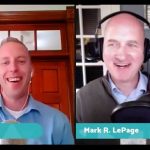 This week, Mark held his first live interview using Facebook live. Alex Gore from
This week, Mark held his first live interview using Facebook live. Alex Gore from  Do you want more control? More money? More happy clients? More architecture with better design? Is design/build the answer to our professions problems? Will building your own projects be the solution to success for your small firm? What does it take to run a successful design build firm?
Do you want more control? More money? More happy clients? More architecture with better design? Is design/build the answer to our professions problems? Will building your own projects be the solution to success for your small firm? What does it take to run a successful design build firm?